1. Wash and Scrub Produce Thoroughly at Home
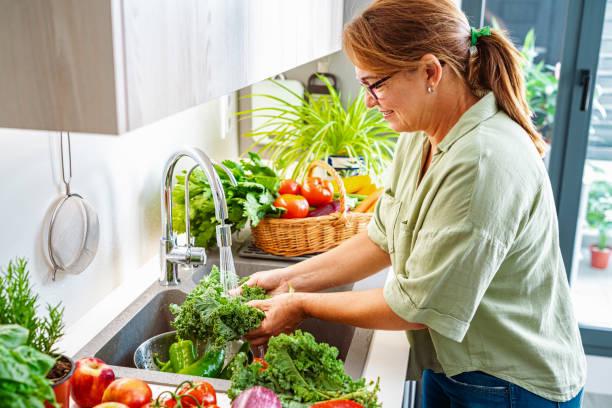
Even foods considered “safe” can carry bacterial residue or potential contaminants that may slip through a weakened oversight system. With inspections being cut and shifted to states with uneven enforcement, a simple home habit becomes a significant safeguard. Washing produce under running water is essential, as is peeling outer skins where possible. For leafy greens, like spinach or kale, separating the leaves for individual rinses helps remove potential pathogens. According to the Centers for Disease Control and Prevention (CDC), rinsing removes the vast majority of surface microorganisms. Good habits at home, such as cleaning your hands before and after handling produce, can significantly lower the risks that weaker federal regulations may no longer reliably catch.
2. Stay Alert with Recalls and Safety Alerts
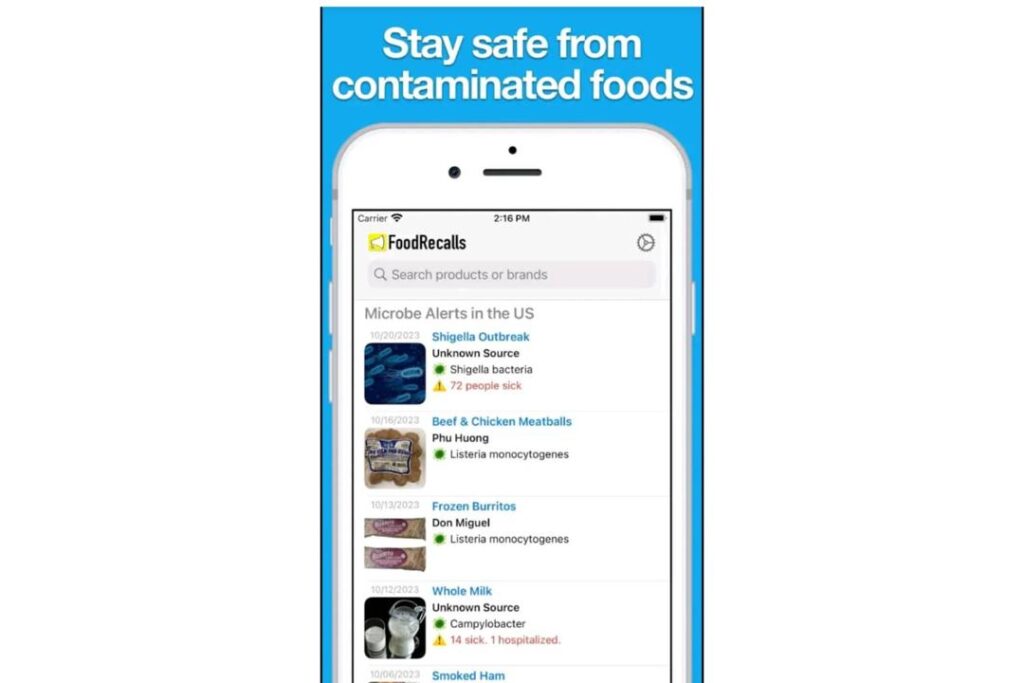
Recalls are one of the most immediate tools available to consumers for keeping unsafe products out of their homes. Given that federal inspection capacity is being reduced, these alerts may become the most critical, and sometimes the only, warning consumers receive before a contaminated product reaches the shelf. The FDA and USDA frequently issue alerts covering a wide range of products, from bagged salads contaminated with Listeria to frozen meals containing undeclared allergens. It is vital to sign up for or regularly check these official alert systems. For example, a recent Reuters report highlighted the disbanding of key scientific advisory committees that helped shape inspection standards, making it even more crucial for consumers to stay proactive rather than relying on an overwhelmed system to catch everything upfront.
3. Cook Meats to Safe Internal Temperatures

Foodborne pathogens like Salmonella and E. coli thrive in undercooked meats, and reduced federal testing capacity increases the chance that contaminated products reach grocery shelves undetected. Therefore, the final line of defense against these dangerous bacteria is your kitchen. Cooking chicken to an internal temperature of 165° and ground beef to 160° is a reliable way to ensure any lurking bacteria are killed. Always use a food thermometer, visual cues are not accurate enough. This practice is non-negotiable, especially since a Time report noted that fewer than 60 percent of high-risk facilities were inspected on time even before the recent staff reductions and oversight transfers reported by CBS News.
4. Prioritize Buying from Local Producers
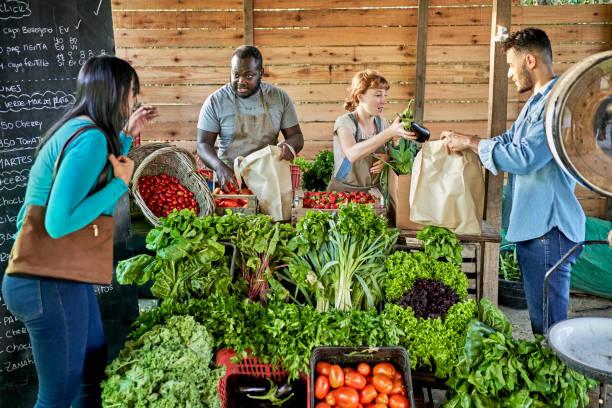
National food supply chains rely heavily on federal inspections, which are being cut back or transferred to state agencies with varying levels of resources and enforcement. Farmers’ markets and other local producers offer significantly more transparency and accountability. When you buy local, you often have the chance to speak directly with the people who grew or processed your food, allowing you to ask specific questions about their growing practices, handling standards, and use of pesticides or antibiotics. This direct line of communication with the seller adds a layer of scrutiny that large distributors, operating under lighter federal oversight, may no longer reliably provide.
5. Become Fluent in Reading and Questioning Food Labels

The FDA has proposed revoking 52 Standards of Identity, which are the legal definitions that have long dictated what certain familiar foods, like jam or mayonnaise, must contain. If these standards are removed, the lines between authentic and imitation products could blur, making it harder to discern quality or even safety. Consumers must pay closer attention to ingredient lists, question vague descriptions, and avoid assuming that familiar packaging guarantees the same ingredients as before. This vigilance is crucial because, as The Guardian reported, the FDA has suspended proficiency testing across 170 labs after heavy staff cuts, making label scrutiny a powerful personal safeguard against potential ingredient substitutions or mislabeling.
6. Treat Unfamiliar Additives with Caution (The GRAS Loophole)
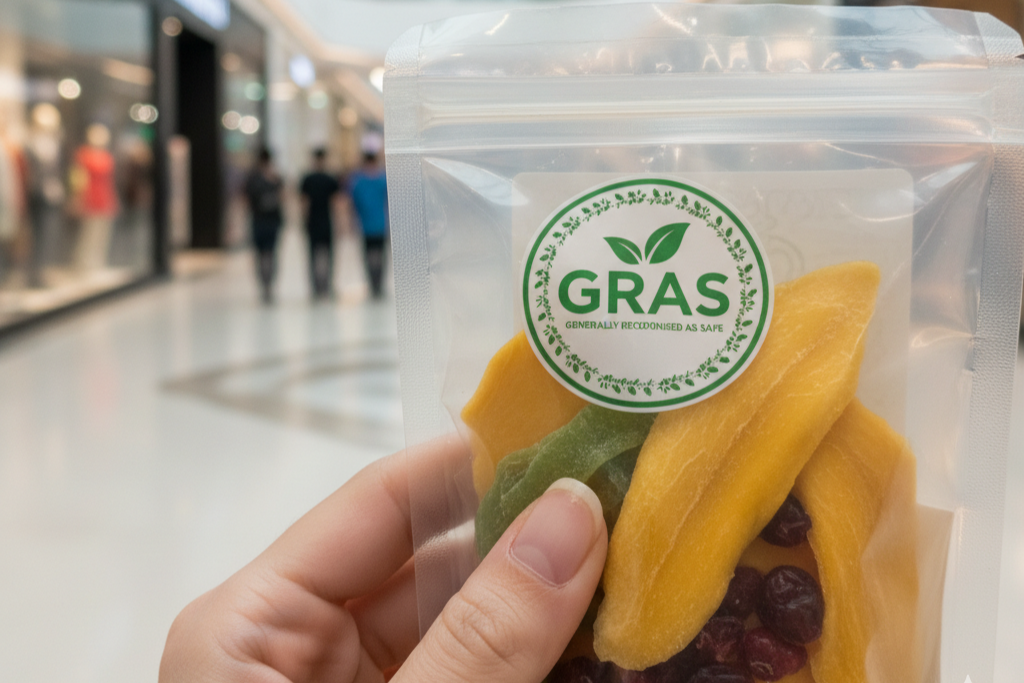
The “Generally Recognized as Safe” (GRAS) designation allows food manufacturers to add certain chemicals to food without rigorous FDA review, often relying on the manufacturer’s own determination of safety. Critics argue this loophole puts consumers at risk, especially as chemical oversight and the scientific advisory structure weaken. An industry publication like Food Safety Magazine has highlighted the need for reform, such as the proposed Ensuring Safe and Toxic-Free Foods Act, which aims to close this gap. Until stronger, science-backed rules are enacted, a smart strategy is to treat unfamiliar or lengthy additive lists with caution. Choosing products with simpler, whole-food ingredient lists helps reduce exposure to chemicals that haven’t faced the highest level of independent federal scrutiny.
7. Support Scientific Input in Food Policy Decisions
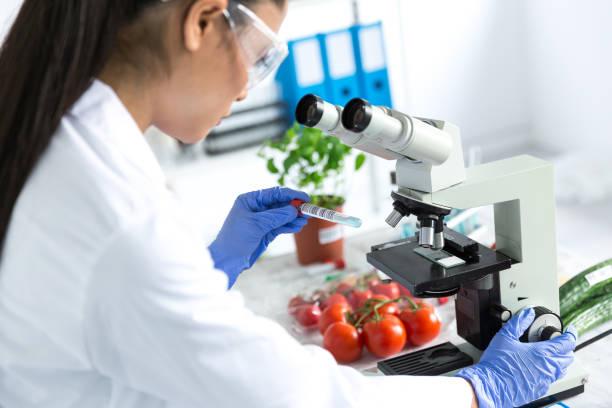
Scientific committees, such as the two long-standing ones the USDA recently disbanded, once provided expert, evidence-based advice on microbiological standards and inspection practices for America’s food supply. Their removal makes policymaking vulnerable to political or purely budgetary decisions rather than those based on public health science. Consumers can counter this by supporting watchdog groups and organizations that advocate for the restoration of scientific committees and expert guidance in food policy. As the Reuters article on the committee disbanding suggests, without public demand, scientific rigor risks being sidelined in favor of budget cuts, making it essential to ensure consumer voices support the role of objective, scientific expertise.
8. Store and Handle All Food with Extreme Care
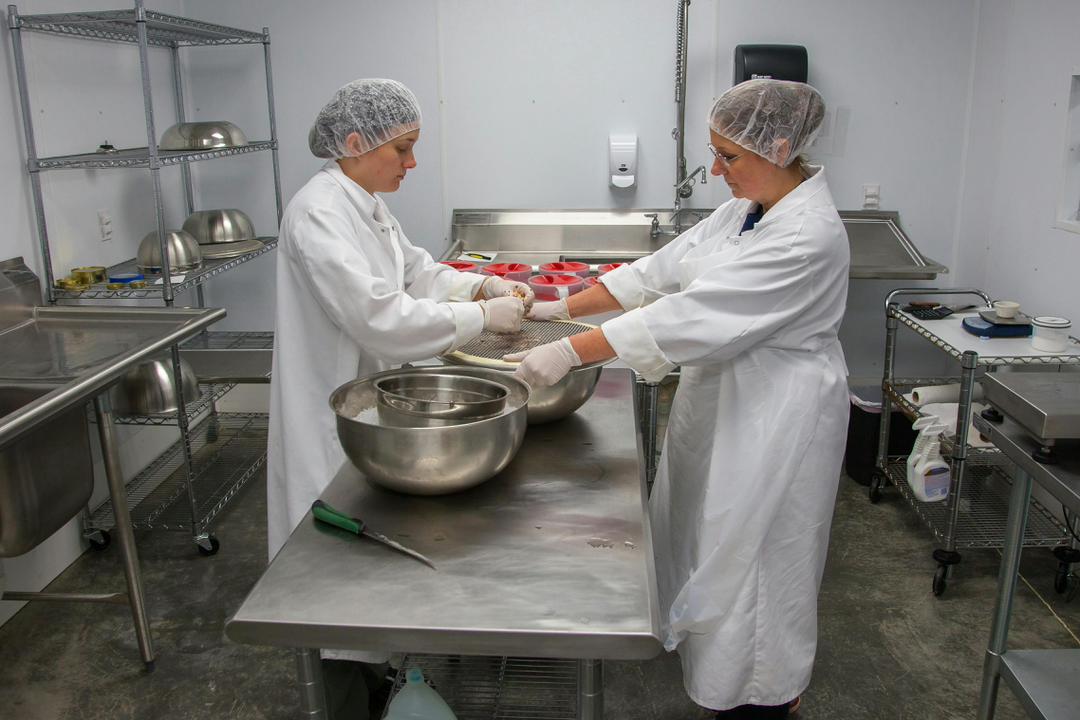
Even food that was perfectly safe when it left the processing plant can become a source of illness if it is mishandled at home. Because systemic oversight is weakening, with FDA inspections being cut and shifted, home practices play an even bigger role in preventing foodborne illness. Key practices include promptly refrigerating perishables, aiming for the fridge within two hours of purchase or cooking. Furthermore, it is critical to prevent cross-contamination by keeping raw meats, poultry, and seafood separate from ready-to-eat foods like salads and deli meats. Using separate cutting boards for raw ingredients is a simple, effective step to ensure that your food storage doesn’t become the final point of contamination.
9. Advocate for Stronger Oversight and Protections

Government oversight, as reported by Time and CBS News, is demonstrably under strain due to massive staff and budget cuts. Lawmakers pay attention when their constituents raise concerns about critical public health issues like food safety. Consumers can exert pressure by contacting their congressional representatives, supporting petitions, and raising awareness about the issue on social media. For example, citing the fact that over 2,500 FDA jobs have been eliminated due to budget cuts provides a powerful, factual argument for the need to restore funding and inspection capacity. This advocacy is crucial to pressure the government to prioritize and restore the comprehensive federal oversight that protects all consumers.
10. Separate Raw Meats and Seafood from Other Foods
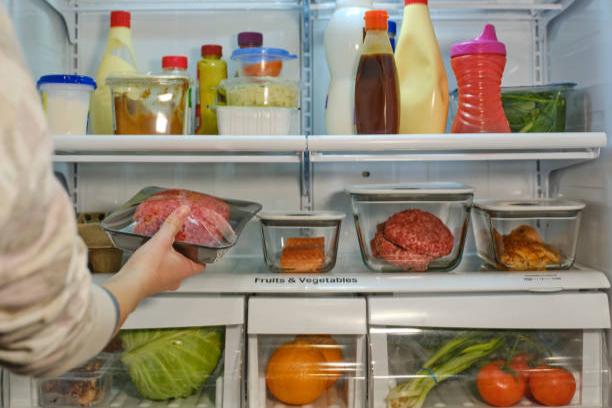
Cross-contamination is one of the most common causes of foodborne illness in the home, yet it is entirely preventable. With fewer federal safeguards checking for initial contamination, it’s more important than ever to ensure raw animal products do not come into contact with foods that will be eaten without further cooking. This means always placing raw meats, poultry, and fish into separate bags at the grocery store. In your refrigerator, store these items on the bottom shelf to prevent any juices from dripping onto fresh produce or ready-to-eat leftovers. This simple, two-step process, separating at the store and storing on the bottom shelf, is a scientifically sound method to prevent pathogens like Salmonella from spreading throughout your kitchen.
11. Keep Food Safety in the Public Conversation

Food oversight rarely dominates headlines, yet the risks are real, millions of Americans are affected by foodborne illnesses every year. The recent dramatic cuts, including the suspension of proficiency testing across labs (The Guardian) and the transfer of inspections to state control (CBS News), indicate a systemic shift. Consumers must keep the conversation alive by sharing factual reports from reputable outlets like Reuters, The Guardian, CBS News, and Time. By raising awareness and stressing the impact of budget cuts on public health, you help ensure that food safety remains a top public priority rather than a casualty of political or budgetary reshuffling, ultimately driving the demand for restored, robust federal protection.
Maintaining a safe food supply is a shared commitment, and with federal oversight under significant strain, the power of informed action is now in your hands. By integrating these 11 habits into your routine, you are doing more than just protecting your family, you’re advocating for a safer system for everyone.
This story 11 Ways to Keep Your Food Safe as U.S. Oversight Declines was first published on Daily FETCH


